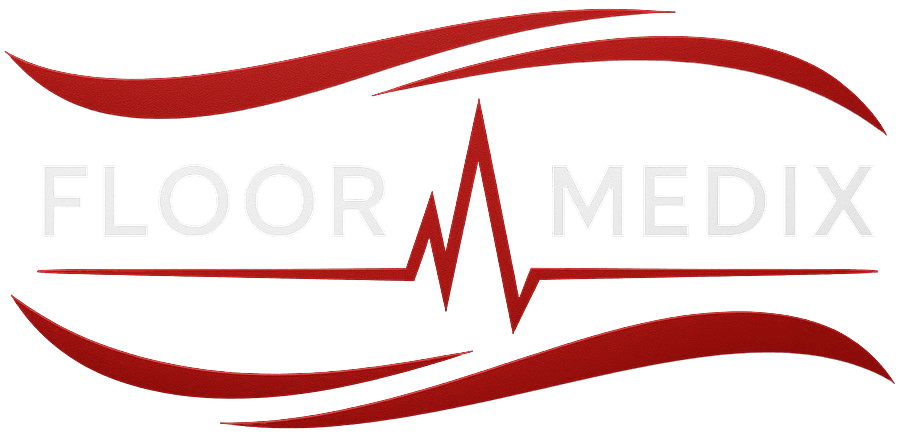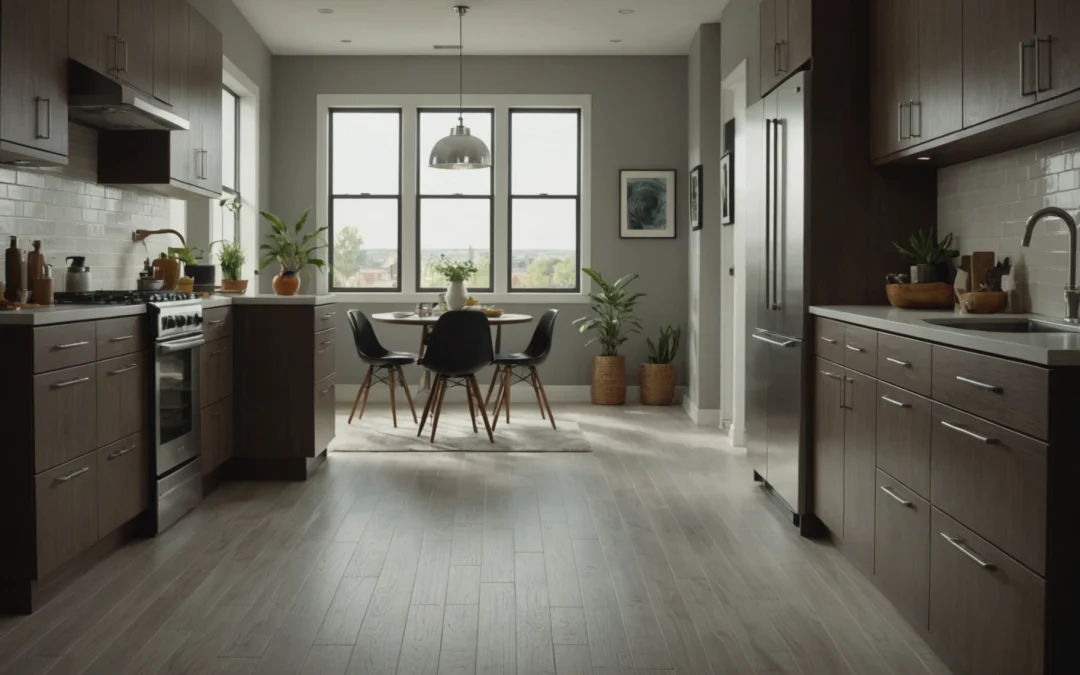Increasing Rental Property Lifespan: The Benefits of Professional Surface Care and Restoration Services
In the competitive world of rental property management, longevity and value are paramount. Rental homes are not only significant assets but also require ongoing maintenance to ensure they remain appealing, habitable, and profitable. One critical yet often overlooked aspect of maximizing a rental property’s lifespan is investing in professional surface care and restoration services. These services go beyond mere aesthetics; they protect structural integrity, boost tenant satisfaction, and help property owners reduce long-term costs. This comprehensive guide explores the multifaceted benefits of professional surface care and restoration for rental properties, delving into practical strategies and expert insights to help you make informed decisions for your real estate investments.
From understanding the science behind surface wear to discovering the latest advancements in restoration technology, this post will equip you with the knowledge necessary to safeguard your property’s future. Whether you manage a single-family rental or a multi-unit building, read on to discover how proactive surface care can transform your property management strategy and secure your investment for years to come.
The Role of Surfaces in Rental Property Longevity
Surfaces—floors, walls, countertops, ceilings, and exteriors—are the most visible and heavily used components of any rental property. They bear the brunt of daily wear and tear, environmental exposure, and tenant activity. Over time, neglecting surface maintenance can lead to a cascade of issues, including diminished property value, increased repair costs, and higher vacancy rates.
For instance, a worn hardwood floor or chipped tile in a kitchen not only detracts from the visual appeal but can also harbor bacteria and pose safety hazards. According to the U.S. Environmental Protection Agency’s guide on indoor air quality and building maintenance, poorly maintained surfaces can even affect indoor air quality, further impacting tenant health and satisfaction.
Understanding the crucial role that surfaces play in both the short-term and long-term performance of rental properties sets the stage for appreciating the value of professional care and restoration. Investing early in surface upkeep is a proactive measure that pays dividends in tenant retention and asset preservation.
Common Surface Problems in Rental Homes
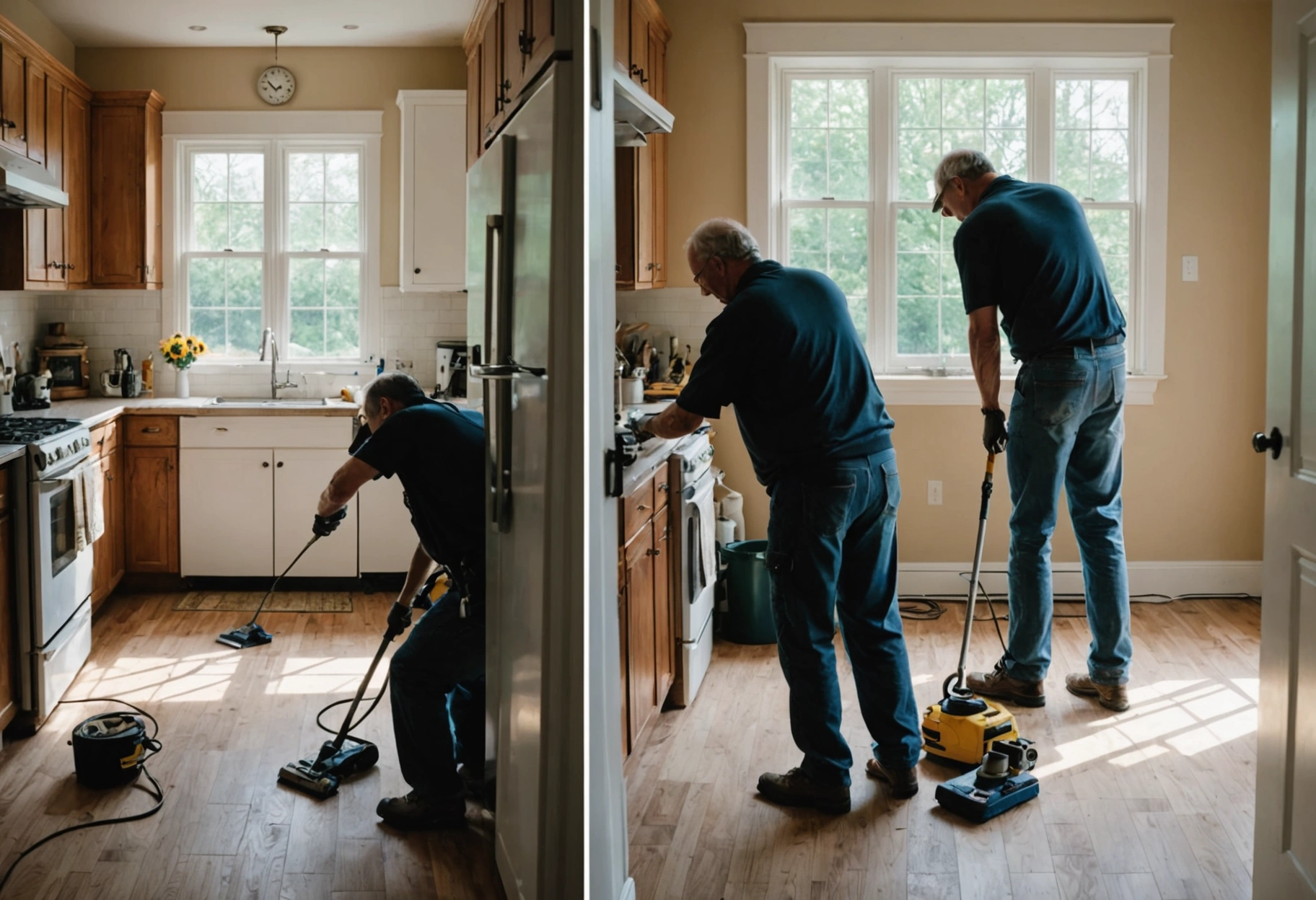
Rental properties face unique challenges due to the frequency of tenant turnover, varying habits, and sometimes less-than-ideal maintenance routines. Some of the most common surface issues include:
- Stained or scratched flooring: High foot traffic, furniture movement, and pet activity can lead to unsightly and sometimes irreparable damage.
- Mold and mildew growth: Especially prevalent in bathrooms and basements, mold can penetrate surfaces and create health risks.
- Peeling paint and wallpaper: Moisture, poor ventilation, and improper application often cause these materials to deteriorate prematurely.
- Cracked tile and grout: This not only looks unattractive but can allow water to seep through, causing further structural issues.
- Faded exterior finishes: Exposure to sun, rain, and pollutants can degrade siding, decks, and patios, reducing curb appeal.
Addressing these issues promptly and professionally is not just about maintaining appearances; it’s about preventing small problems from escalating into expensive repairs. The National Park Service’s maintenance brief on building exteriors emphasizes the importance of regular inspection and intervention to extend the lifespan of building surfaces.
Advantages of Professional Surface Care Over DIY Methods
Many property owners are tempted to tackle surface care themselves, viewing it as a cost-saving measure. While DIY efforts may suffice for minor touch-ups, they often fall short when it comes to thorough restoration and long-term durability. Here’s why professional surface care stands apart:
- Expertise and Experience: Trained professionals can identify the root causes of surface issues, recommend appropriate treatments, and execute repairs with precision.
- Specialized Equipment and Products: Professionals use commercial-grade tools and materials that are often more effective and longer-lasting than consumer products.
- Time and Efficiency: A professional team can complete jobs faster and with better results, minimizing property downtime and disruption to tenants.
- Compliance and Safety: Certain restoration tasks, such as mold remediation or lead paint removal, require knowledge of safety protocols and legal regulations.
Moreover, professional surface care providers often offer warranties or guarantees on their work, giving property owners added peace of mind. According to the Better Homes & Gardens guide on home maintenance services, investing in professional maintenance can actually save money in the long run by preventing costly repairs and maximizing property value.
How Professional Restoration Extends Property Lifespan
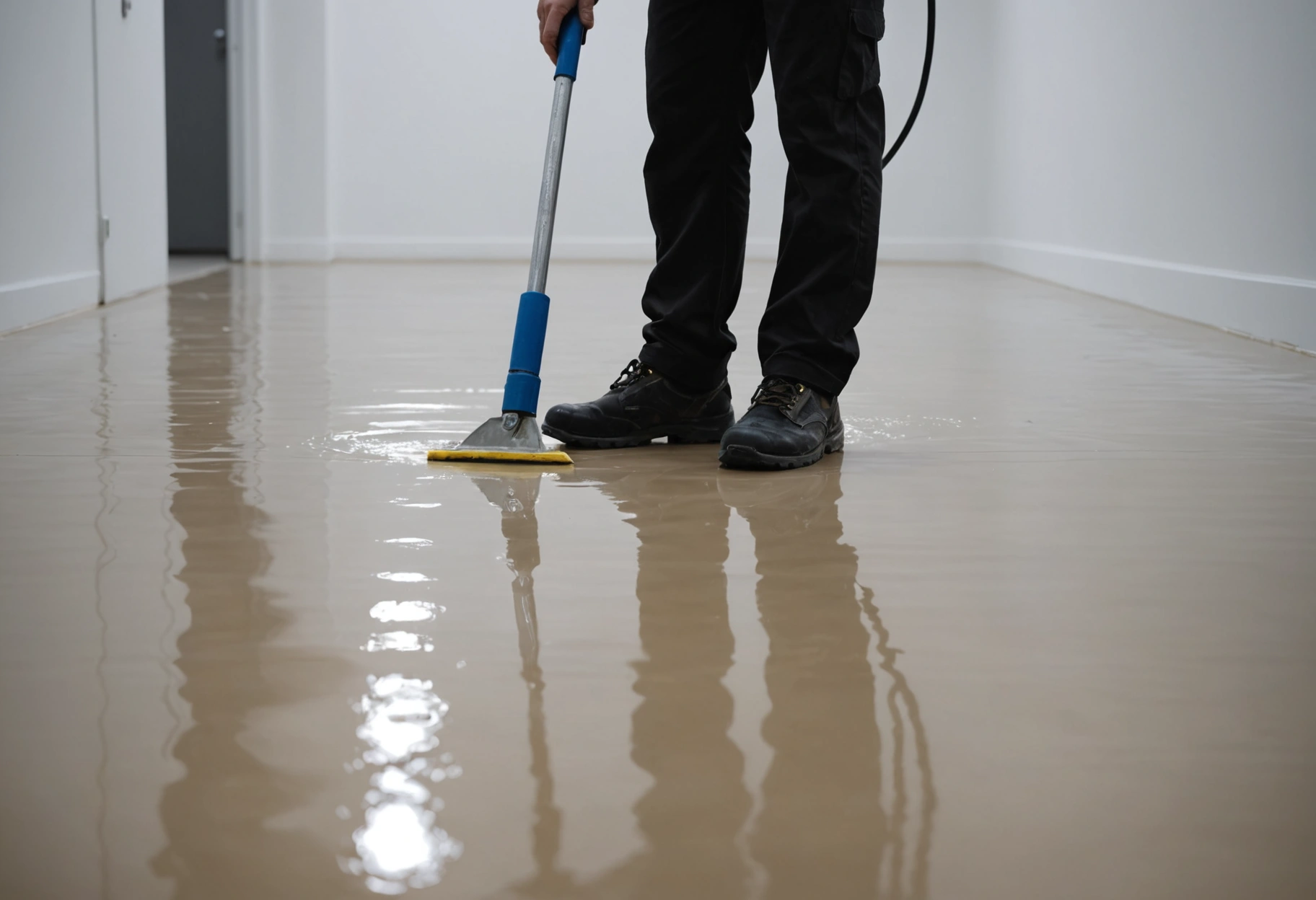
Restoration is not just about fixing what’s broken—it’s about returning surfaces to their original condition and even improving their resilience. Professional restoration services may include:
- Hardwood floor refinishing and sealing
- Tile and grout cleaning or replacement
- Carpet deep cleaning and stretching
- Wall repair, patching, and painting
- Exterior pressure washing and sealing
- Countertop resurfacing
Each of these services addresses both visible damage and underlying issues that, if left unchecked, could compromise the property’s structure and safety. For example, professional tile and grout restoration not only improves appearance but also helps prevent water infiltration, which can lead to subfloor rot and mold growth. In the case of hardwood floors, regular refinishing protects against moisture and wear, delaying the need for costly replacement.
Professional restoration also incorporates the latest advancements in materials and techniques. For instance, the use of modern surface coatings and sealants can dramatically improve resistance to stains, scratches, and environmental damage, thereby extending the life of original materials and reducing the frequency of major overhauls.
Economic Benefits: Cost Savings and Increased ROI
Many landlords mistakenly believe that ongoing professional surface care is an unnecessary expense. However, the opposite is often true. Proactive maintenance and restoration can lead to significant cost savings by:
- Reducing the frequency and severity of repairs
- Minimizing vacancy periods due to quicker turnover and enhanced appeal
- Commanding higher rental rates thanks to better property condition
- Extending the lifespan of existing materials and finishes
- Lowering the risk of legal claims related to unsafe or unhealthy living conditions
For example, a well-maintained rental home with pristine surfaces can attract higher-quality tenants who are likely to stay longer and treat the property with respect. This lowers turnover costs and helps stabilize rental income. As outlined in the National Association of Realtors’ resource on maximizing profitability through proactive maintenance, regular investment in surface care is one of the most effective strategies for achieving superior returns on rental properties.

Tenant Satisfaction and Retention
Tenant satisfaction is a crucial component of successful rental property management. Well-maintained surfaces contribute directly to a sense of cleanliness, safety, and comfort. When tenants see that a property is cared for at a professional level, they are more likely to treat it respectfully and renew their leases.
Conversely, neglected surfaces can lead to dissatisfaction, complaints, and even legal disputes. Issues like persistent mold, peeling paint, or unsanitary flooring can make tenants feel undervalued and prompt them to seek alternative accommodations. With professional surface care, landlords can address concerns quickly and efficiently, reinforcing positive tenant relationships and reducing turnover.
Modern tenants, especially Millennials and Gen Z renters, are increasingly attentive to the quality and sustainability of their living environments. Highlighting the use of green cleaning products or eco-friendly restoration techniques can further elevate a property’s appeal. The New York Times article on renter preferences notes that cleanliness and maintenance are among the top factors influencing tenant decisions in today’s market.
Health and Safety Considerations
One of the hidden advantages of professional surface care is its impact on health and safety. Surfaces that are cleaned, restored, and properly sealed reduce the risk of allergens, pests, and infectious agents. For example:
- Deep cleaning carpets and upholstery can remove dust mites, pet dander, and mold spores.
- Properly sealed tile and grout prevent the growth of bacteria and fungi.
- Professional painting or refinishing eliminates the risk of exposure to lead-based paint or toxic chemicals.
These improvements not only protect tenant health but also shield landlords from potential liability. In many jurisdictions, landlords are legally required to provide safe and sanitary housing. By partnering with reputable surface care professionals, property owners can document their maintenance efforts and demonstrate compliance with local regulations.
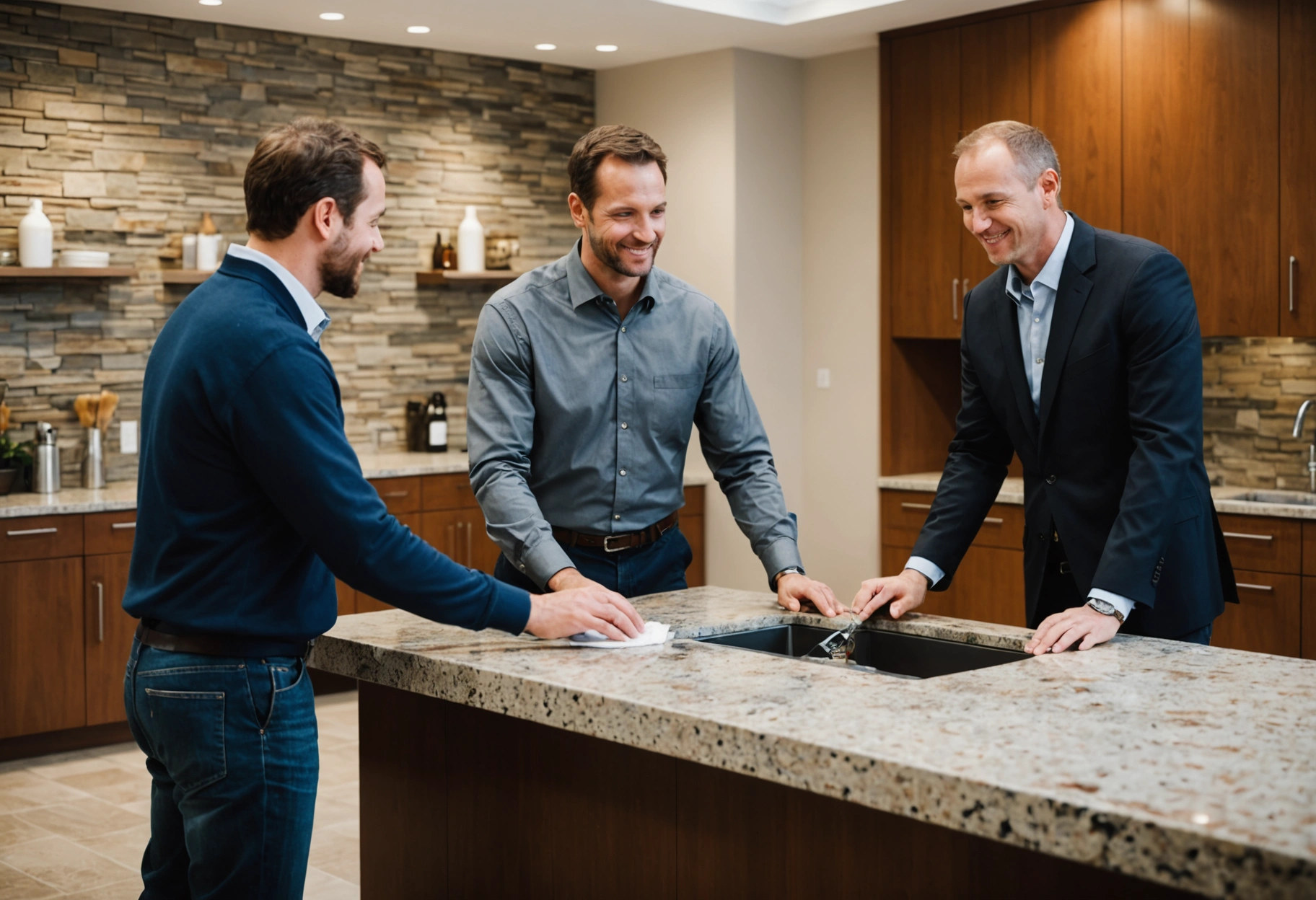
Choosing the Right Surface Care and Restoration Partner
The effectiveness of professional surface care depends largely on the quality of the provider. When selecting a service partner, consider the following factors:
- Certifications and Training: Look for companies with certifications from industry organizations, such as the Institute of Inspection, Cleaning and Restoration Certification (IICRC).
- References and Reviews: Check customer testimonials and third-party reviews to gauge service quality and reliability.
- Range of Services: Choose providers with experience in both interior and exterior surfaces, as well as expertise in restoration and preventative care.
- Eco-Friendly Practices: If sustainability is important, inquire about green cleaning products and waste disposal methods.
- Warranty and Support: Ensure the provider stands behind their work with clear guarantees and responsive customer service.
Establishing a long-term relationship with a trusted surface care professional not only ensures consistent results but also enables proactive planning and budgeting for future maintenance needs.
Innovations in Surface Care and Restoration
The field of surface care is continually evolving, with new technologies and techniques offering improved outcomes for rental property owners. Some notable innovations include:
- Microbial Surface Treatments: Advanced coatings that inhibit the growth of bacteria and mold.
- Low-VOC and VOC-free Finishes: Healthier options for painting and sealing, reducing indoor air pollution.
- UV-C Disinfection: The use of ultraviolet light to sanitize surfaces without chemicals.
- Self-Healing Materials: Surfaces that can repair minor scratches and wear automatically.
- Digital Monitoring: Sensors that track humidity, temperature, and surface conditions to anticipate maintenance needs.
Staying abreast of these innovations can give rental property owners a competitive edge and further enhance the long-term value of their investments. Organizations such as the BuildingGreen guide on sustainable building materials offer valuable resources for those interested in integrating sustainable and high-performance surfaces into their properties.
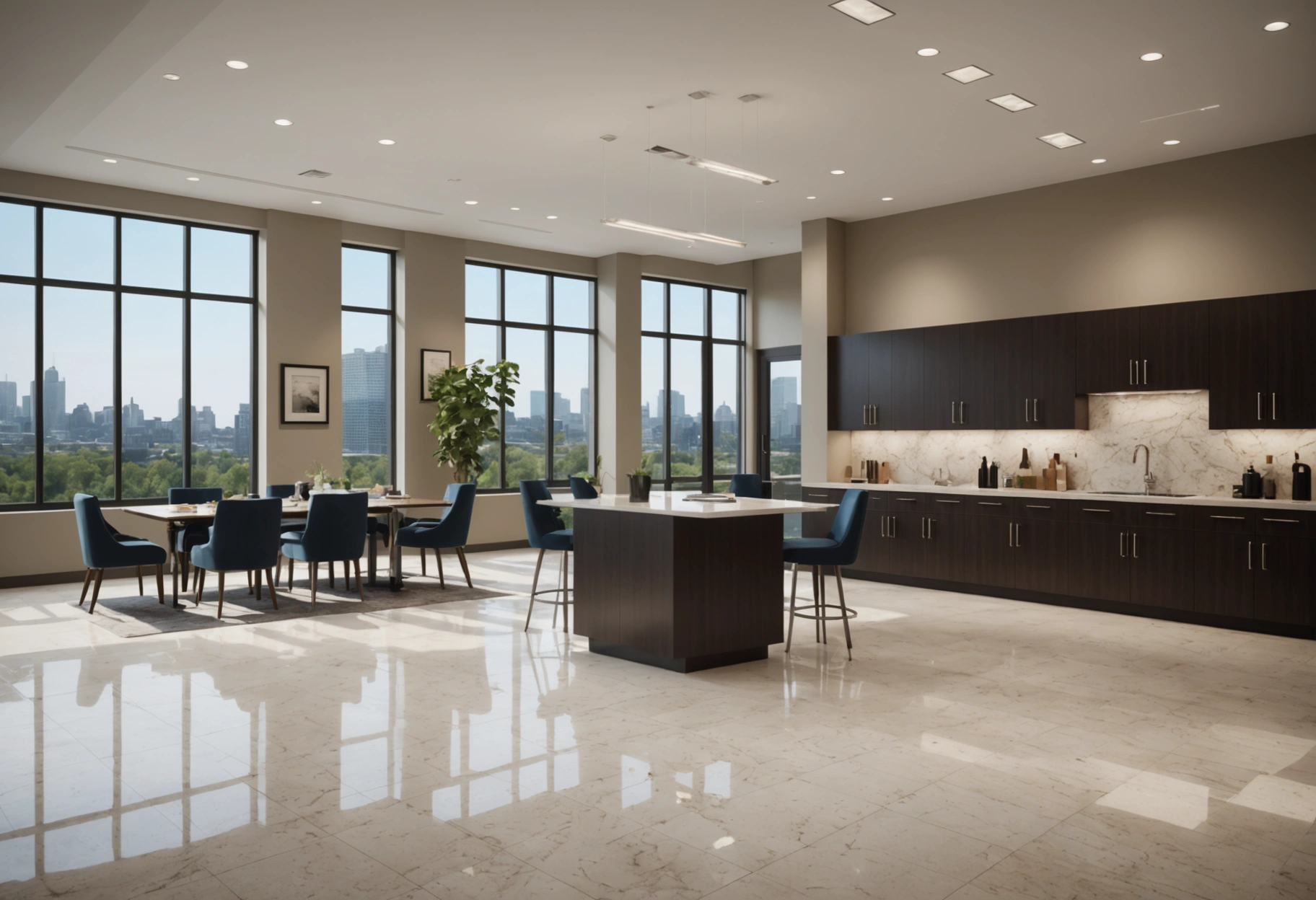
Best Practices for Ongoing Surface Maintenance
While professional restoration is essential, ongoing maintenance is equally important for protecting your investment. Here are some best practices:
- Conduct regular inspections to identify emerging surface issues early.
- Schedule professional cleaning and sealing at least annually, or more frequently in high-traffic areas.
- Educate tenants on proper care, such as using furniture pads and cleaning up spills promptly.
- Document all maintenance and restoration work for future reference and potential legal compliance.
- Budget for periodic upgrades or complete surface overhauls as part of your long-term property management plan.
Implementing these practices not only extends the lifespan of your surfaces but also streamlines property management and enhances tenant satisfaction.
A Long-Term Vision for Rental Home Restoration
Professional surface care and restoration services are not a luxury—they are a necessity for any property owner committed to maximizing the lifespan and value of their rental investments. From preventing costly repairs to enhancing tenant satisfaction and ensuring health and safety, the benefits are clear and measurable. By embracing a proactive approach and leveraging the expertise of trusted professionals, you can safeguard your property, optimize your returns, and provide a superior living experience for your tenants.
As the rental market continues to evolve, staying ahead of maintenance challenges and adopting the latest surface care innovations will set your property apart. Start by evaluating your current maintenance practices, seek out reputable surface care partners, and invest in the restoration strategies that will keep your rental homes thriving for years to come.
Need help with Increasing Rental Property Lifespan: The Benefits of Professional Surface Care and Restoration Services?
